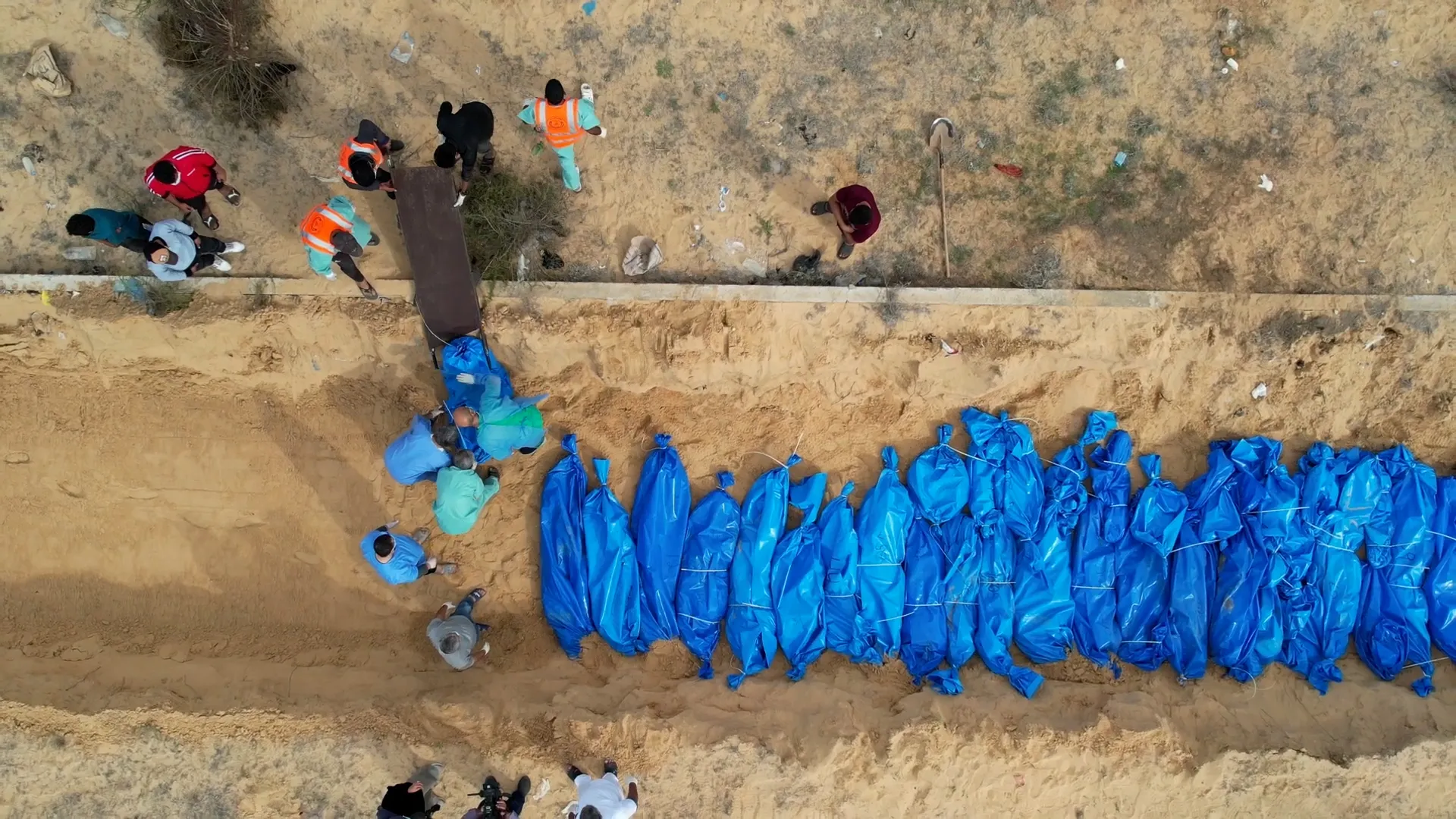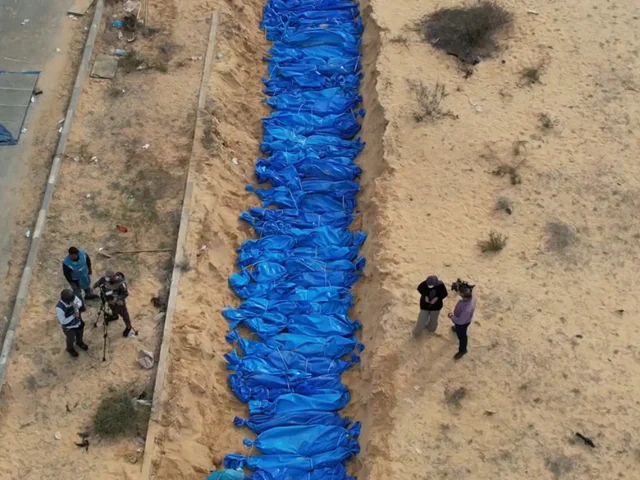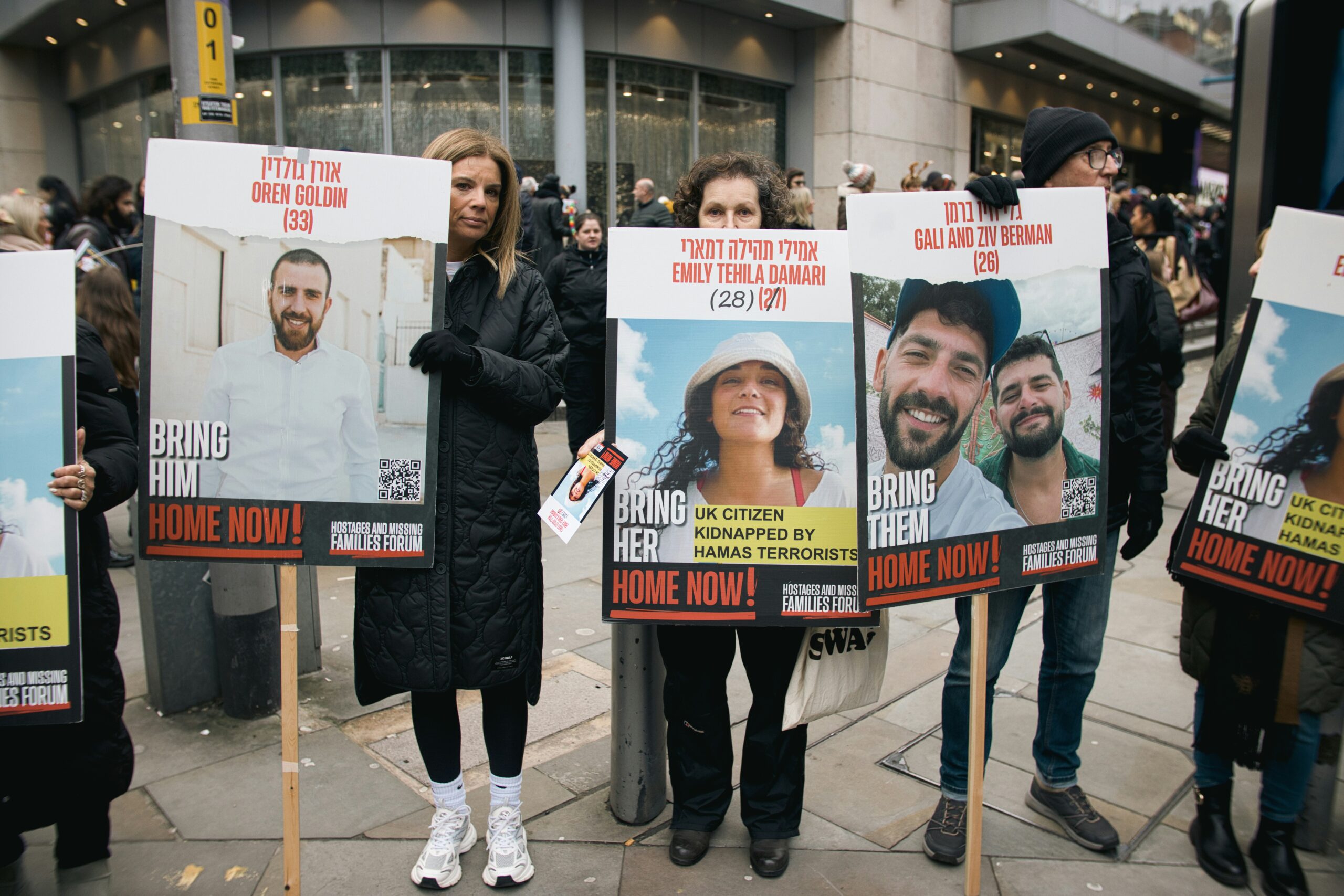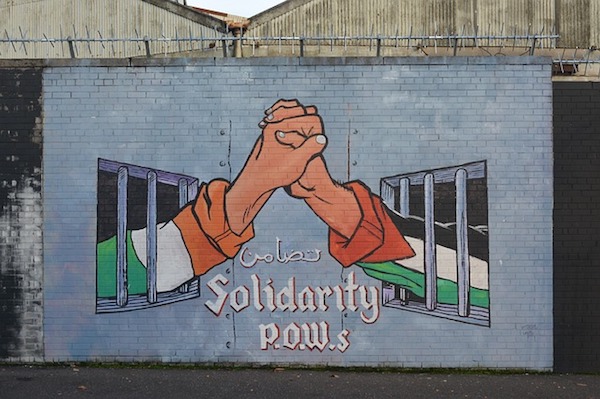The ongoing conflict in Gaza has resulted in a reported death toll approaching 50,000 Palestinians, according to the Gaza Health Ministry. However, multiple studies and reports suggest that this figure may significantly underestimate the actual number of fatalities due to challenges in casualty recording and the chaotic conditions on the ground.
Underreporting of Fatalities:
A study published in The Lancet in January 2025 estimated that deaths due to traumatic injuries in Gaza between October 2023 and June 2024 were approximately 64,260, indicating that the Health Ministry’s figures may underreport mortality by about 41%. The study highlighted that the annualized crude death rate during this period was 39.3 per 1,000 people, a rate 14 times higher than all-cause mortality in 2022.
Further complicating the accuracy of death tolls, local authorities in February 2025 added approximately 14,000 people—missing and presumed dead—to the fatality count, bringing the total to nearly 62,000 at that time.
Challenges in Accurate Casualty Recording:
The Gaza Health Ministry faces significant obstacles in accurately documenting casualties. The destruction of infrastructure, ongoing hostilities, and limited access to certain areas impede comprehensive data collection. Additionally, the chaotic nature of the conflict means that many bodies remain unidentified or are buried without official records, further contributing to potential underreporting.
Israel’s early war campaign to discredit Gaza’s reporting systems led to a chilling shift: the Health Ministry has adopted a policy of only counting identified bodies—unlike any other conflict zone in the world. This enforced standard, unique to Gaza, means the true death toll is buried alongside the nameless.
International Response and Humanitarian Concerns:
The staggering loss of life has prompted international calls for immediate action. Germany, France, and the United Kingdom have jointly urged an immediate ceasefire in Gaza, emphasizing the need to restore humanitarian access, including essential services like water, electricity, and medical care. They also called for the release of Israeli hostages by Hamas militants, stressing that a lasting ceasefire is the only sustainable path to peace.
Despite these appeals, Israeli Prime Minister Benjamin Netanyahu has indicated that recent airstrikes are “just the beginning,” stating that military operations will continue until all objectives, including the destruction of Hamas and the release of hostages, are achieved.
Conclusion:
As the reported death toll in Gaza approaches 50,000, with studies indicating significant underreporting, the humanitarian crisis continues to escalate. The international community faces mounting pressure to intervene and facilitate a ceasefire to prevent further loss of life and to address the severe humanitarian needs of the affected population.
Author
Discover more from The Crustian Daily
Subscribe to get the latest posts sent to your email.













